(4171 products available)

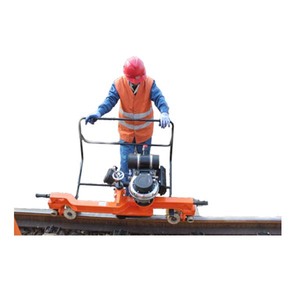














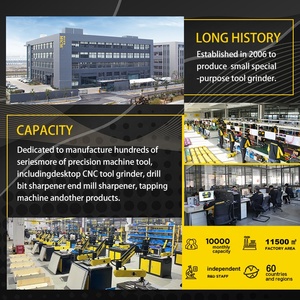

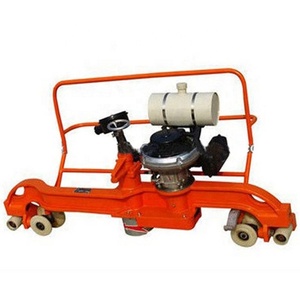















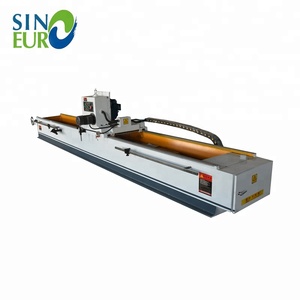
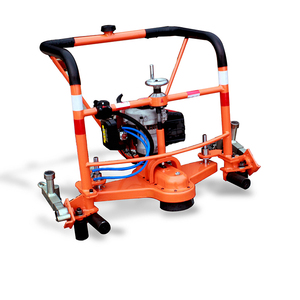



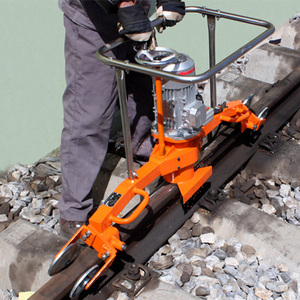















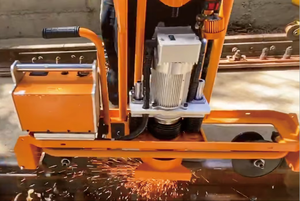


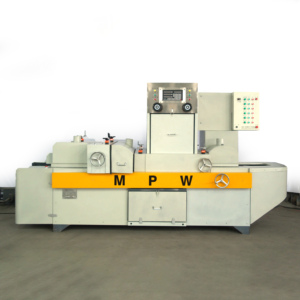
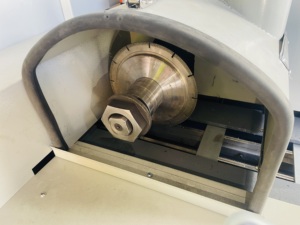



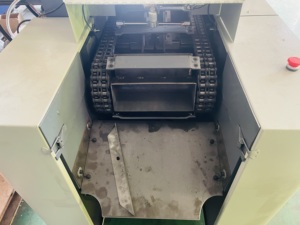
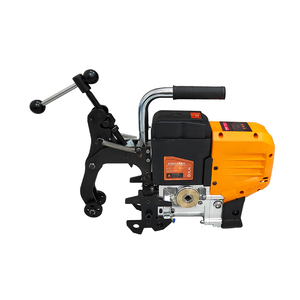













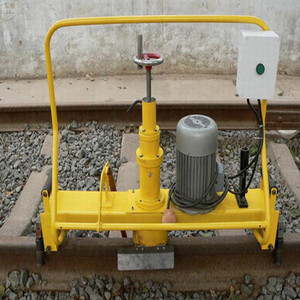


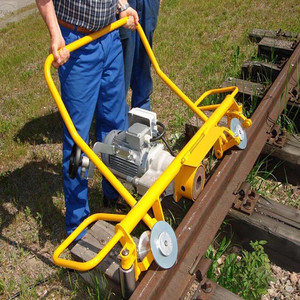













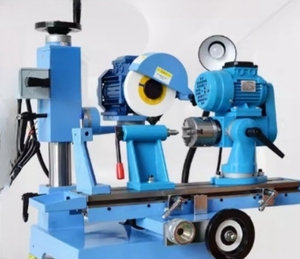
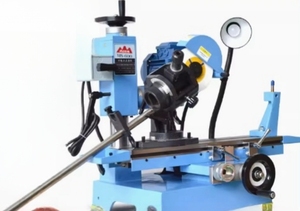

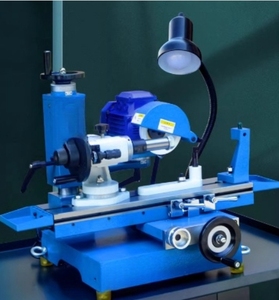

























































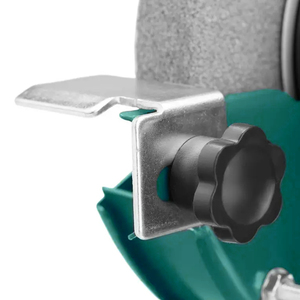




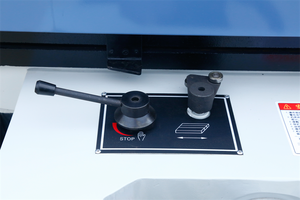

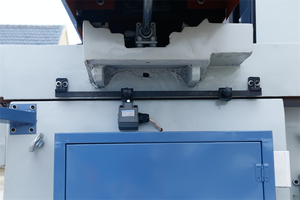
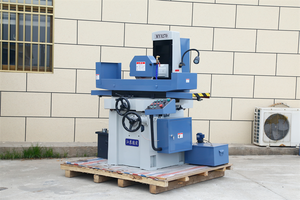
Rail grinder trains are essential for rail maintenance and safety. They come in various types depending on the needs of the clients. Here are some common types of rail grinders.
Sectional rail grinder:
As the name suggests, sectional rail grinders are designed to grind only a small section of the rail at a time. They are mostly used for light rail or street rail applications, where the rail profile modifications are required occasionally.
Portable rail grinder:
Portable rail grinders are handheld power tools. They are designed for small-scale grinding tasks, such as touch-up work or spot grinding. Maintenance crews use portable rail grinders to address specific defects or perform minor rail profile adjustments.
Profile rail grinder:
Profile rail grinders are used to restore and maintain the original rail profile. They are equipped with grinding stones and machines that can be adjusted to match the desired rail profile. This type of rail grinder is commonly used in regular maintenance programs to ensure optimal track performance and safety.
Full-automatic rail grinder:
Full-automatic rail grinders are advanced and highly efficient. The grinders are equipped with automated controls and monitoring systems to optimize the grinding process. They can continuously adjust the grinding parameters based on real-time data, ensuring consistent and precise rail material removal. Full-automatic rail grinders are ideal for high-speed rail or heavy-haul tracks, where maintaining strict tolerances and reducing operational disruptions are critical.
High-speed rail grinders:
High-speed rail grinders are specifically designed for high-speed rail tracks. The machines are capable of grinding rails at high speeds, minimizing the time spent on track maintenance without compromising the grinding quality. These rail grinders are equipped with advanced cooling systems, noise and vibration reduction mechanisms, and precise control systems to ensure the safety and reliability of high-speed trains.
Switch and crossing grinders:
These rail grinders are specialized tools designed to maintain and optimize the performance of railway switches and crossings (also known as frogs). Switch and crossing grinders are used to restore the profiles of switch rails, guard rails, and frog surfaces, ensuring smooth transitions and reducing wear in critical track areas. They are usually compact and versatile, capable of working in confined spaces and on complex rail geometries.
The specification of a rail grinder varies depending on the model and manufacturer. Generally, it has the following components:
Power source
Electric-powered rail grinders are used in many countries because of their efficiency and low noise levels. The rail grinders, however, require large power networks. The rail grinders that are powered by petrol or diesel are more mobile and are used in areas where the rail tracks are inaccessible.
Grindstone
The number of grindstones on a rail grinder varies. Each grindstone has a different shape and size to meet different grinding needs. The stones are usually made of diamond or aluminum oxide. They are mounted on a rotating shaft.
Grinding control
Grinding control systems are important because they help maintain consistent rail profiles. The systems are usually integrated with sensors that detect the rail grinder's height and speed. The system also has an operator interface that allows operators to control the system.
Cooling system
Cooling systems are important components of rail grinders. The systems are designed to reduce heat generated during grinding. The cooling system consists of a water tank, pump, and nozzle. The systems spray water onto the grinding wheel.
Dust control
Dust control systems are also important components of a rail grinder. The systems are designed to minimize the dust generated during grinding. The dust control systems consist of a vacuum and a dust suppression system. The vacuum is usually located close to the grinding wheel and helps in dust removal.
Safety features
Rail grinders are equipped with safety features to protect the operators and the environment. The safety features include emergency stop buttons, guards for the grinding wheel, and warning systems that alert the operators in case of an emergency.
The maintenance of rail grinders is important to ensure that they function efficiently. The following are the maintenance requirements for rail grinders:
There are various factors that buyers need to consider when purchasing rail grinders. These factors are as follows:
Type of rail grinder
Buyers should consider the type of rail grinder they want to purchase. Do they want a trolley rail grinder or an electric rail grinder? Electric rail grinders are ideal for noisy environments because they produce less noise compared to petrol-powered grinders.
Application
Buyers should consider the application of the rail grinder. Different rail grinders are designed for various functions, such as maintenance grinding, corrective grinding, or ultra-sound testing. Buyers should choose a rail grinder that will meet their specific needs.
Quality
Just like any other product, buyers should consider the quality of the rail grinder. High-quality rail grinders have a longer lifespan and require less maintenance. Rail grinders of good quality also produce consistent and precise results.
Budget
Buyers should have a budget when purchasing rail grinders. It is good to do price comparisons and purchase rail grinders that are within the budget. However, buyers should avoid extremely cheap rail grinders because they could be of poor quality.
Portability
Buyers should consider the portability of the rail grinder. This is because some rail grinders are lightweight and portable, while others are heavy and not portable. If buyers need to use the rail grinder in different locations, they should purchase a portable grinder.
Power
Buyers should consider the power of the rail grinder. Powerful grinders have high cutting speeds and can handle tough materials. Grinders with adjustable speeds are also suitable for different applications.
Safety features
Buyers should choose rail grinders with safety features such as blade guards, safety switches, and anti-vibration handles. The grinders should also comply with safety standards.
Comfort and ergonomics
Buyers should choose rail grinders that are comfortable to use. The rail grinder should have ergonomic handles that are comfortable to hold, and it should be well balanced.
Maintenance and serviceability
Buyers should consider the maintenance requirements of the rail grinder. It is advisable to purchase rail grinders that are easy to disassemble and clean. They should also look at the availability of spare parts and after-sales services.
Most rail grinders are designed with user-friendly features to enable operators to perform maintenance and minor repairs. However, it is worth noting that electrical systems, hydraulic systems, and internal combustion engines have the potential to cause accidents, which is why it's recommended to consult the manual or contact the manufacturer for guidance if repairs are needed. Here are some of the steps to consider when DIYing and replacing rail grinders:
In addition, consider the following tips:
Q: What is the purpose of a rail grinder?
A: The purpose of a rail grinder is to maintain the railway tracks. It does this by removing irregularities and restoring the profile of the rails, ensuring a smooth and safe ride.
Q: How often is rail grinding done?
A: The frequency of rail grinding depends on several factors, including the type of track, the level of train traffic, and the grinding's effectiveness. Typically, rail grinding is done every 12 to 24 months.
Q: What are the benefits of rail grinding?
A: Rail grinding has several benefits. It reduces train noise, extends the lifespan of the tracks, and improves the comfort and safety of train operations by minimizing vibrations and reducing the risk of derailments.
Q: What is the process of rail grinding?
A: The rail grinder, equipped with multiple grinding wheels, moves along the tracks. These wheels are adjusted to restore the rails' original shape. The machine's advanced technology allows it to detect and correct irregularities with precision.